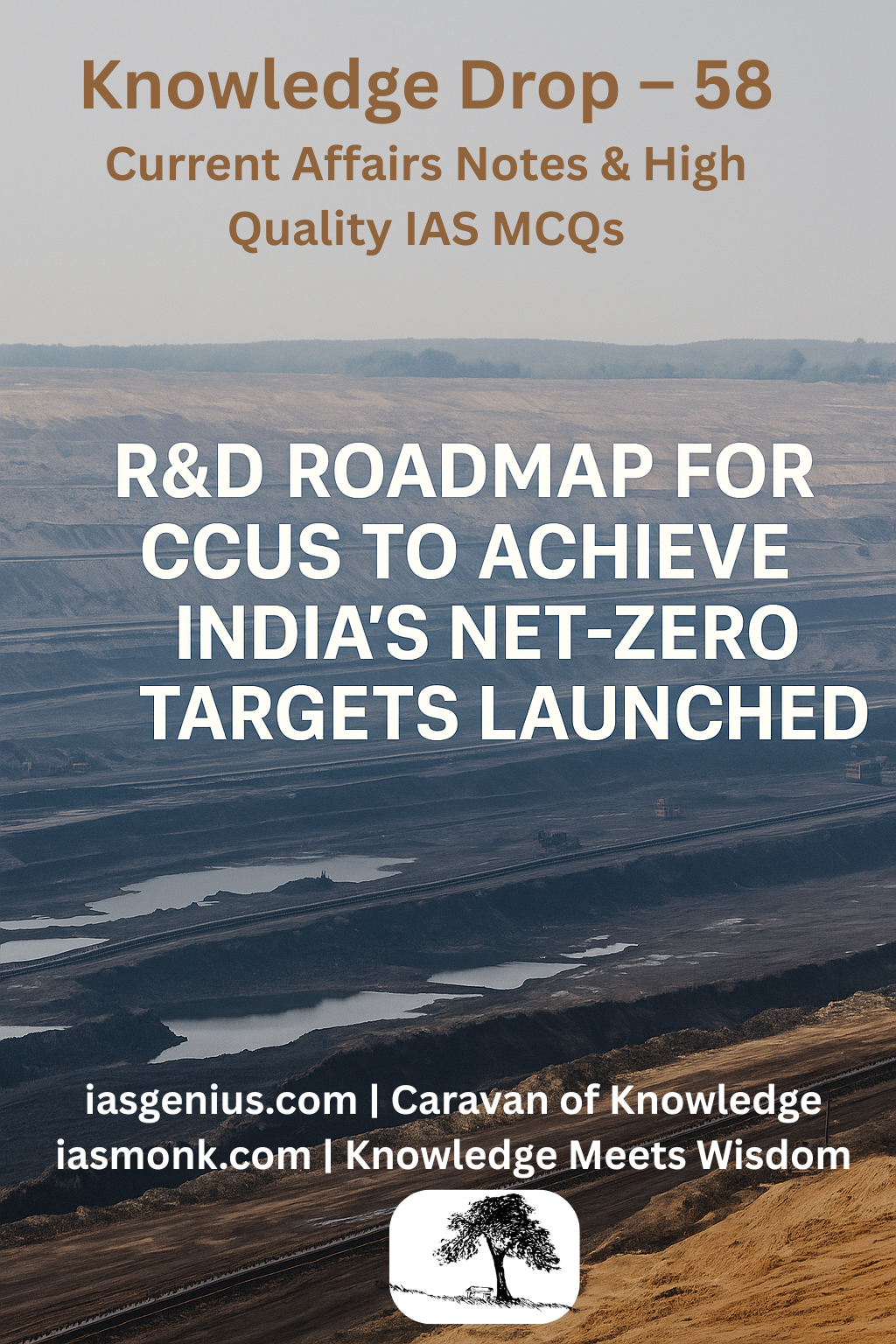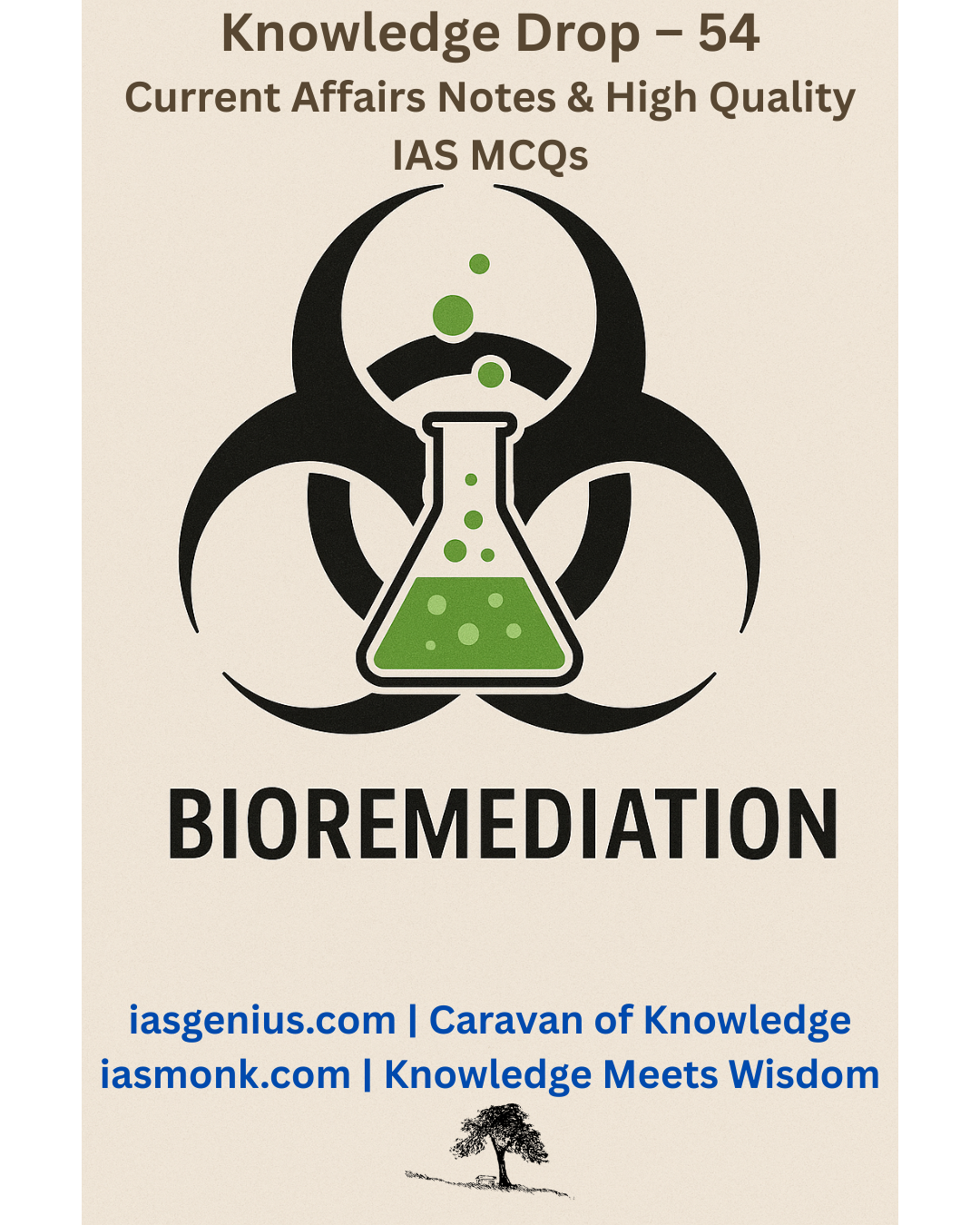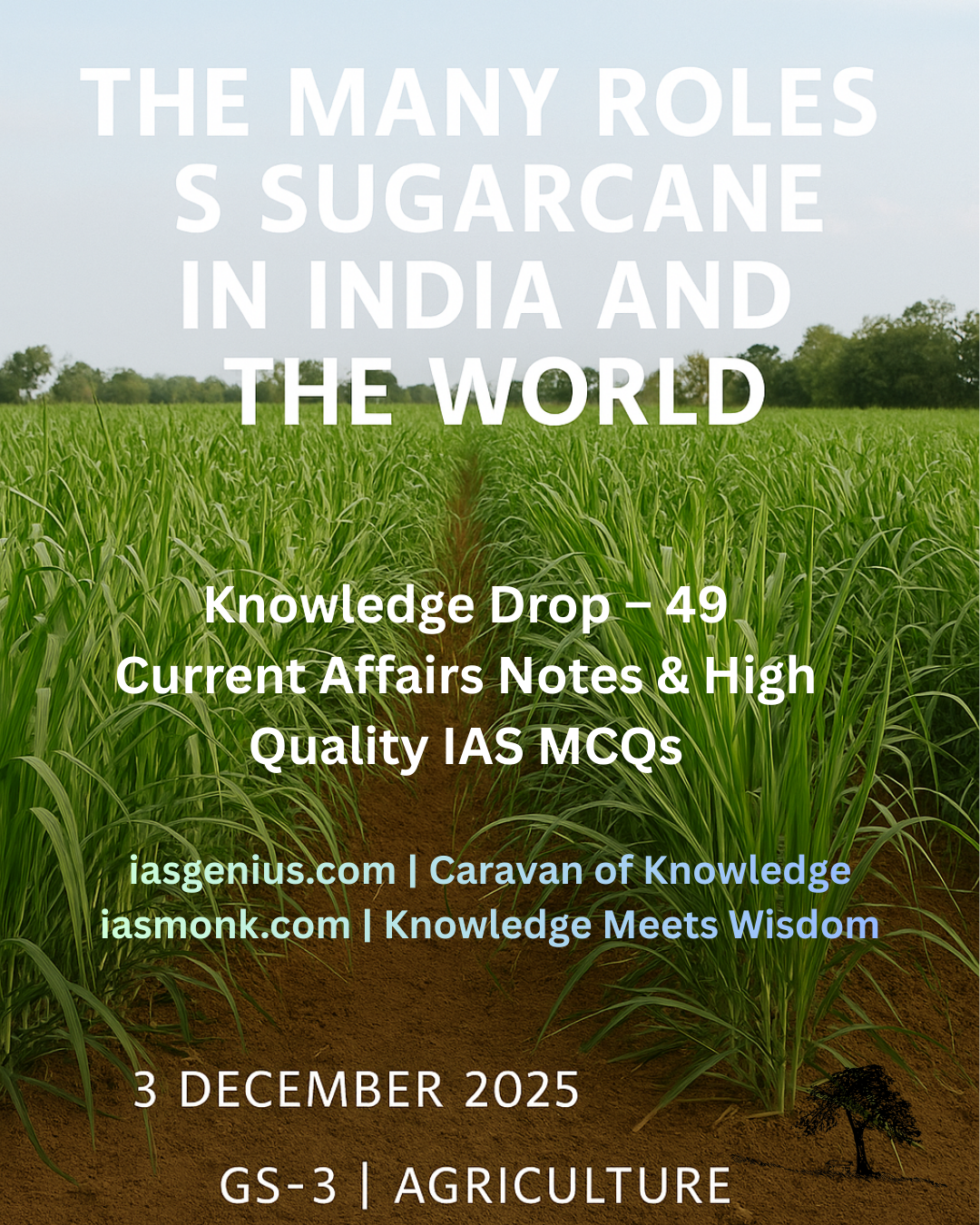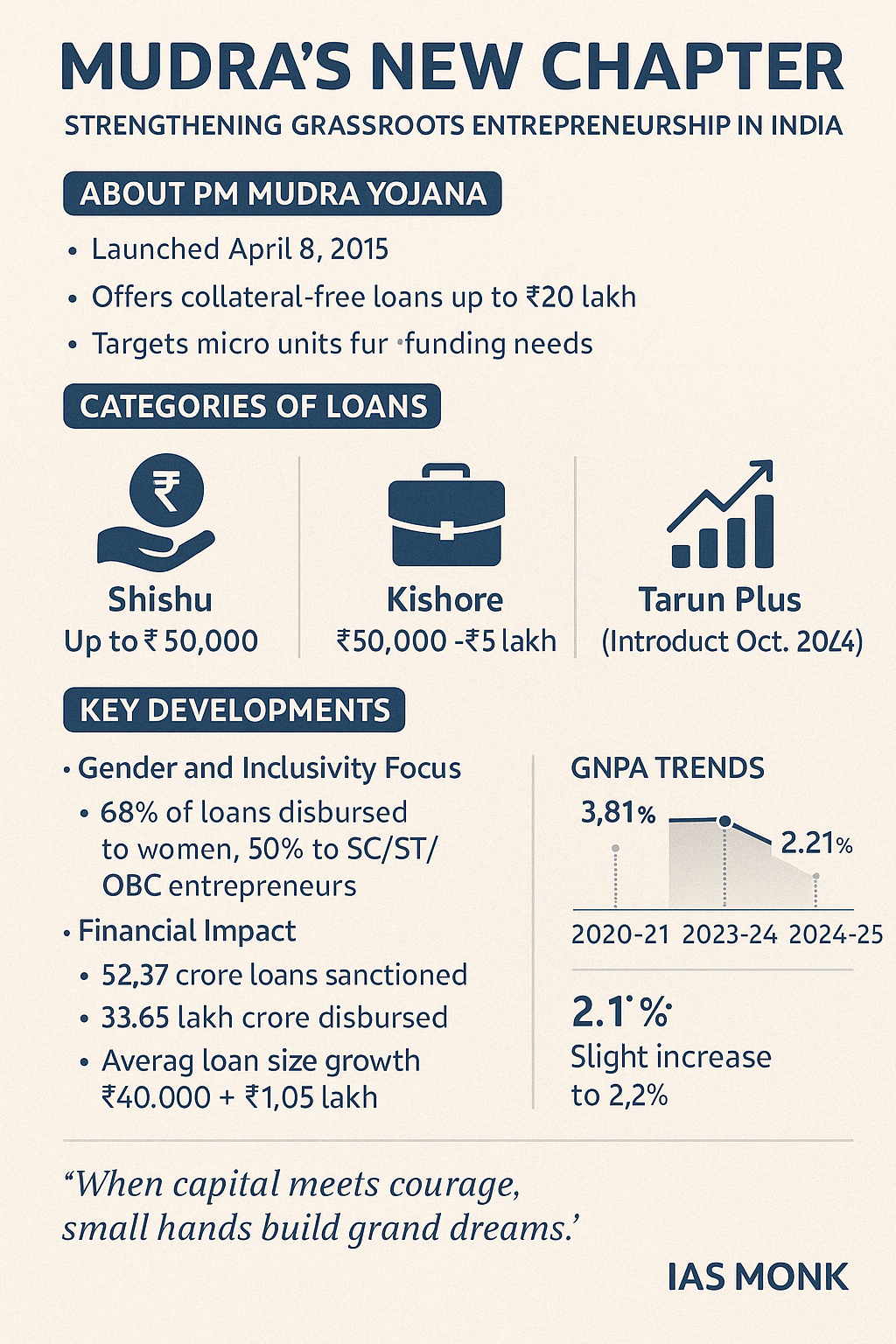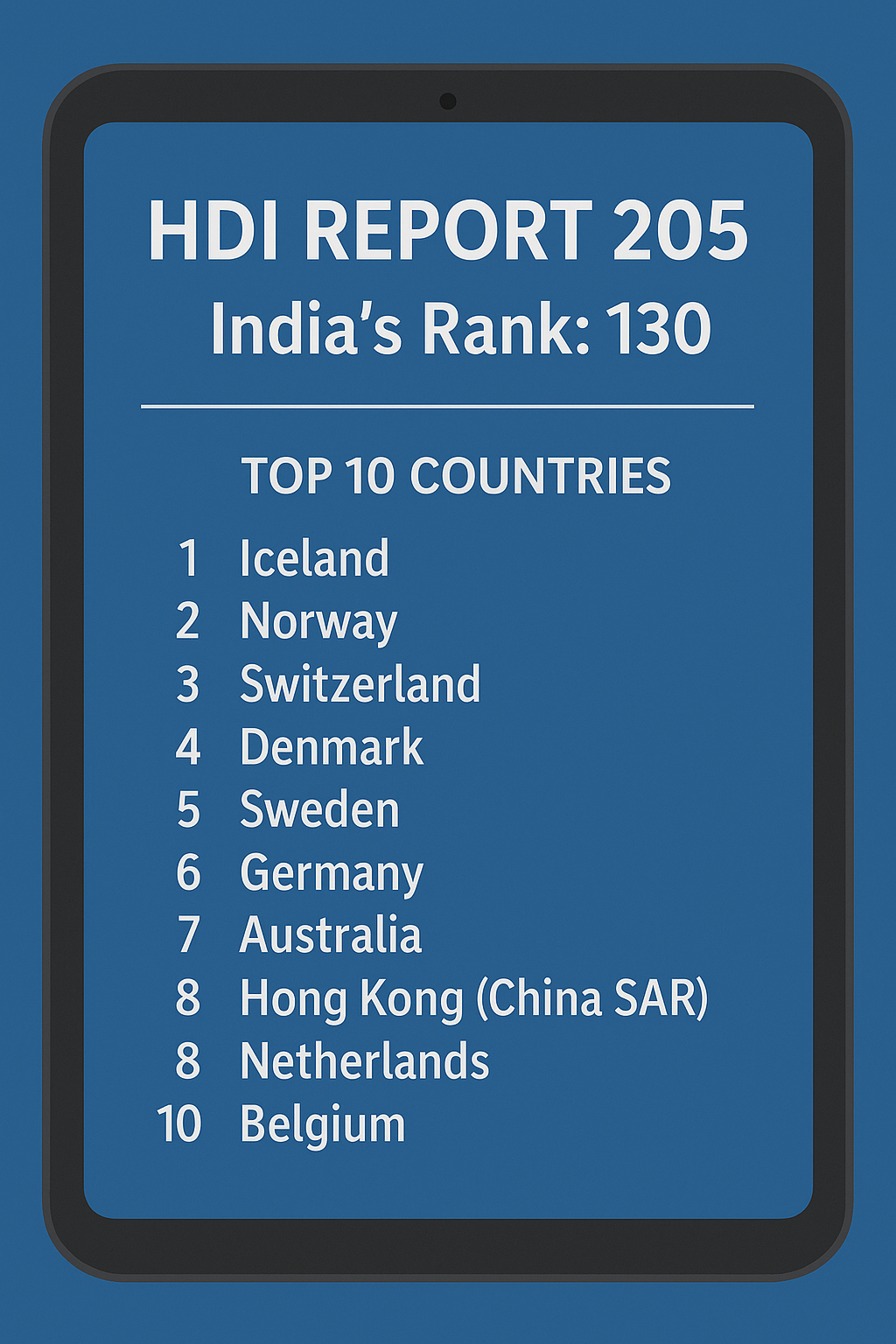
📅 May 7, 2025, Post 14: Human Development Report 2025 India and the Human Ladder: Inching Up, Yet Far to Climb | Mains Essay | Target IAS-26 MCQs Attached: A complete Package, Dear Aspirants!
Human Development Report 2025 India and the Human Ladder: Inching Up, Yet Far to Climb

NATIONAL HERO — PETAL 015
🗓️ Date: May 7, 2025
📘 Thematic Focus: Development Index | Global Inequality | AI and Human Progress
🌿 Intro Whisper:
What makes a nation truly rich? Not just its GDP, but the dignity in its people’s lives.
🔍 Key Highlights:
- UNDP’s Human Development Report 2025 titled “A Matter of Choice: People and Possibilities in the Age of AI” explores how artificial intelligence is reshaping the development landscape.
- HDI Composition:
- Health – Measured by life expectancy at birth
- Education – Mean & expected years of schooling
- Standard of Living – GNI per capita (adjusted for inequality)
- India’s Rank & Progress:
📈 India moved up from 133rd (2022) to 130th (2023) with a value of 0.685, still in the medium human development category. - Top Global Performers:
🇮🇸 Iceland ranked 1st (0.972), followed by Norway and Switzerland (0.970 each). - South Asia Snapshot:
- Above India: China (75), Sri Lanka (78), Bhutan (127)
- Equal: Bangladesh (130)
- Below: Nepal (145), Myanmar (149), Pakistan (168)
- India’s HDI Journey since 1990:
- 📅 Life Expectancy rose from 58.6 years → 72 years
- 📘 Average Schooling Years: 8.2 → 13 years
- 💰 GNI per capita: $2,167 → $9,046
- 👥 135 million people escaped multidimensional poverty (2015–2021)
- Challenges:
- Inequality reduces India’s HDI by 30.7%
- Gender gaps remain high
- AI-driven inequality could widen unless proactively addressed
- Report Suggestions:
- Promote human-AI complementarity
- Expand innovation for social good
- Ensure inclusive investment in education, health, and protection
📘 GS Paper Mapping:
- GS Paper 2: Welfare schemes, human development indicators, education & health policies
- GS Paper 3: Inclusive growth and issues arising from it; role of technology in development
- Essay: “Human Progress: The New Metrics Beyond GDP”
🌠 Closing Thought:
Progress is not just measured in ranks or numbers. It is etched in the hope that no child sleeps hungry, no girl misses school, and no potential goes unheard.
High Quality Mains Essay For Practice :
Word Limit 1000-1200
The Human Development Index and India: Climbing the Ladder in the Age of Artificial Intelligence
Introduction
What defines progress in the 21st century? Is it GDP growth, expanding military might, or towering skyscrapers? The answer lies deeper—in the lives of ordinary people, in how long they live, how well they learn, and how comfortably they earn. This philosophy forms the soul of the Human Development Index (HDI), a measure that shifts the focus from economic statistics to human well-being. The UNDP Human Development Report 2025, titled “A Matter of Choice: People and Possibilities in the Age of AI”, echoes this idea in a time increasingly influenced by artificial intelligence.
India, home to over 1.4 billion people, has made modest progress in the latest report—moving up three ranks from 133rd to 130th. While this is heartening, it also reveals how far the nation still has to go. As the world accelerates toward an AI-driven future, India must ensure that technology serves as a bridge, not a barrier, to equitable human development.
Understanding HDI: A Human-Centric Lens
The HDI, conceptualized by Pakistani economist Mahbub ul Haq in 1990 and adopted by UNDP, goes beyond mere income. It combines three critical dimensions:
- Health: Measured by life expectancy at birth.
- Education: Assessed through mean years of schooling and expected years of schooling.
- Standard of Living: Measured by Gross National Income (GNI) per capita, adjusted for purchasing power and inequality.
These factors reflect the opportunities people have to lead a long, educated, and dignified life. Countries are ranked and categorized as low, medium, high, or very high in human development.
India’s Journey So Far
India’s current HDI value is 0.685, placing it in the medium human development category. Since 1990, India’s HDI has grown by over 53%, faster than the global and South Asian average.
Key gains include:
- Life Expectancy: Increased from 58.6 years (1990) to 72 years (2023), reflecting better healthcare access and nutritional standards.
- Education: Average years of schooling rose from 8.2 to 13, bolstered by Right to Education, Samagra Shiksha Abhiyan, and NEP 2020.
- GNI per Capita: Multiplied more than four times—from $2,167 to $9,046.
Between 2015–16 and 2019–21, nearly 135 million Indians escaped multidimensional poverty, a significant milestone in social upliftment.
Regional Comparison and Global Positioning
Despite its growth, India trails behind most of its neighbors:
- China (75th), Sri Lanka (78th), and Bhutan (127th) all rank higher.
- Bangladesh is on par at 130th.
- Nepal (145th), Myanmar (149th), and Pakistan (168th) lag behind.
Globally, Iceland (0.972), Norway (0.970), and Switzerland (0.970) top the HDI charts, embodying the ideals of universal education, health, and equity.
Limitations of HDI and the Rise of Complementary Indices
Though HDI is a powerful metric, it doesn’t capture the full human experience. It omits:
- Inequality
- Gender Disparities
- Human Security and Empowerment
To address these blind spots, the UNDP introduced complementary measures such as:
- Inequality-adjusted HDI (IHDI)
- Gender Inequality Index (GII)
- Multidimensional Poverty Index (MPI)
India’s HDI loses nearly 30.7% when adjusted for inequality, one of the highest losses in Asia. This stark statistic highlights the uneven distribution of development benefits—especially along lines of caste, class, and gender.
The AI Angle: Opportunity or Threat?
The 2025 report is timely in its focus on Artificial Intelligence (AI). It sees AI as a tool that can either amplify human capabilities or deepen inequalities, depending on how it’s governed.
India, with its booming digital ecosystem and youthful population, stands at a crossroads. If AI is leveraged inclusively, it can enhance access to health (telemedicine), education (personalized learning), and income (gig and remote economy). If not, it could worsen job displacement, surveillance, and digital divide.
The report suggests:
- Building a complementarity economy where humans and machines collaborate.
- Driving AI-led innovations for the public good.
- Investing in inclusive education, healthcare, and social protection to reduce vulnerability.
Challenges on India’s Path
India’s development story is filled with both triumphs and trials. Major challenges that threaten its HDI progress include:
- Income Inequality: India’s wealth is concentrated among the top 1%, making equitable development difficult.
- Gender Disparities: Women’s workforce participation, digital access, and healthcare coverage remain limited.
- Educational Gaps: While enrollment is high, learning outcomes are poor in many states.
- Healthcare Inequities: Public health infrastructure is stretched, especially in rural areas.
- Regional Imbalances: States like Kerala and Himachal fare far better than Bihar and Uttar Pradesh on HDI parameters.
Policy Recommendations
To fast-track its rise up the HDI ladder, India must focus on:
- Fiscal Equity: Progressive taxation and redistribution through welfare schemes.
- Digital Literacy: Equip the population, especially women and rural youth, with AI-era skills.
- Gender Empowerment: Bridge the gap in education, jobs, leadership, and health access.
- Education and Health Reforms: Focus on quality, not just quantity, of services.
- Decentralized Governance: Enable state-level innovations and accountability.
- Sustainable Development: Align AI and infrastructure growth with SDGs and climate goals.
Conclusion
Human development is a long and winding staircase, not an elevator. India’s climb is steady, but it cannot afford to be slow in a world racing ahead with technological leaps. The Human Development Report 2025 reminds us that while AI is the future, humanity must remain the focus. Policies that merge intelligence—both artificial and human—with empathy, justice, and inclusion will define India’s true ascent on the ladder of civilization.
As Mahbub ul Haq envisioned decades ago, development is ultimately about expanding people’s choices. India must now ensure those choices are not reserved for a few, but for all.
Quote to End
“Progress is not just about numbers; it is about the widening of horizons, the unleashing of human potential, and the quiet dignity of a life well-lived.” — Amartya Sen
Target IAS-26: Daily MCQs :
📌 Prelims Practice MCQs
Topic:
MCQ 1: Type-1 — “How many of the above statements are correct?”
Q 1. Which of the following statements about HDI Grouping in the UNDP Human Development Report 2025 are correct?
1. Very high human development group includes countries with HDI values above 0.900.
2. A country with HDI value 0.777 would fall under the high human development category.
3. India, with an HDI of 0.685, is placed in the medium human development group.
4. Countries with HDI below 0.550 are categorized under low human development.
A) Only two
B) Only three
C) All four
D) Only one
🌀 Didn’t get it? Click here (▸) for the Correct Answer & Explanation
✅ Correct Answer: C) All four
🧠 Explanation:
•1) Correct – Very High HDI is defined as HDI ≥ 0.800; many countries above 0.900 belong here.
•2) Correct – 0.777 lies in the high HDI range (0.700–0.799).
•3) Correct – India’s 0.685 places it in medium HDI (0.550–0.699).
•4) Correct – HDI < 0.550 is classified as low human development.
MCQ 2: Type-2 — Two-Statement Assertion
Consider the following statements regarding India’s performance in the 2025 HDI Report:
1. India’s HDI value improved from 0.676 in 2022 to 0.685 in 2023.
2. India is ranked higher than Sri Lanka and China in the latest report.
A) Only 1 is correct
B) Only 2 is correct
C) Both are correct
D) Neither is correct
🌀 Didn’t get it? Click here (▸) for the Correct Answer & Explanation
✅ Correct Answer: A) Only 1 is correct
🧠 Explanation:
•1) Correct – India’s HDI rose from 0.676 → 0.685.
•2) Incorrect – India ranks 130th, while China (75) and Sri Lanka (78) are ahead.
MCQ 3: Type-3 — “Which of the above statements is/are correct?”
Q. With reference to the Human Development Index, consider the following:
1. Life expectancy at birth measures the health dimension of HDI.
2. Gross Domestic Product per capita is used to calculate HDI’s income component.
3. Mean years of schooling and expected years of schooling reflect educational attainment.
4. HDI is calculated using an arithmetic mean of three indices.
Which of the above statements is/are correct?
A) 1, 3 and 4 only
B) 1 and 3 only
C) 1, 2 and 3 only
D) All four
🌀 Didn’t get it? Click here (▸) for the Correct Answer & Explanation
✅ Correct Answer: B) 1 and 3 only
🧠 Explanation:
•1) Correct – Health dimension is based on life expectancy.
•2) Incorrect – HDI uses Gross National Income per capita, not GDP.
•3) Correct – Both indicators reflect education level.
•4) Incorrect – HDI uses a geometric mean, not arithmetic.
MCQ 4: Type-4 — Direct Factual Question
Q. What is India’s Human Development Index (HDI) value as per the UNDP Human Development Report 2025?
A) 0.676
B) 0.685
C) 0.695
D) 0.699
🌀 Didn’t get it? Click here (▸) for the Correct Answer & Explanation.
✅ Correct Answer: B) 0.685
🧠 Explanation:
India’s HDI increased to 0.685 in 2023, placing it at 130th rank, in the medium development group.




